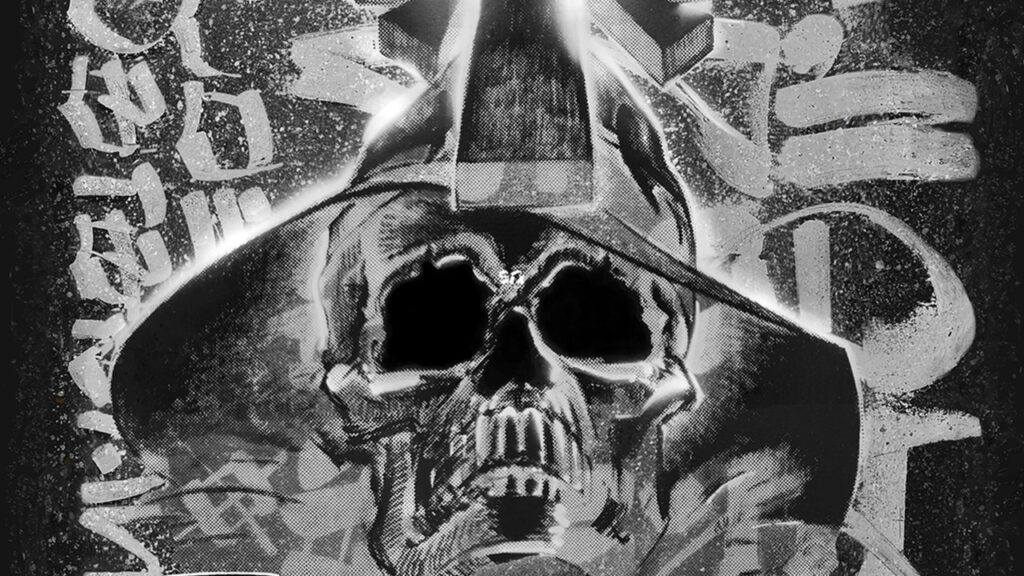
After landing a series of crossover hits, Cypress Hill turned to Indiana Jones for inspiration. Where their early records pulsed with blunted humor and buzzed paranoia, 1995’s Cypress Hill III: Temples of Boom was slower and eerier: DJ Muggs’ spare instrumentals underscored B-Real and Sen Dog’s erratic delivery, the drums echoing like footfalls in a drafty cathedral. Subsequent efforts—including 2000’s Skull & Bones and 2001’s Stoned Raiders—leaned into the same dank ambience and lost-world mysticism, ornamented skeletons glinting on the album art. Throughout their career, Muggs imposed gentle order, wrangling his bandmates’ idiosyncrasies with evocatively bleak production.
When Cypress Hill lost steam, Muggs continued to score increasingly murky soundscapes. His trademark is a deadened gloom—evoking the listlessness that ensues once the anti-psychotics kick in—and his ongoing Soul Assassins series maintains a creeping, hypnotic tension. The latest installment, Soul Assassins 3: Death Valley, showcases regional stylists like Meyhem Lauren, T.F, and 2 Eleven, promoting their expressive quirks. While Muggs’ instrumental loops are fairly static, their ominous chords, spiky guitars, and crafty engineering make for reliably intricate compositions.
Muggs’ discernment elicits striking performances. He knows when to stay out of the way: “Where We At” consists of little more than a bassline and trilling flute, leaving space for Boldy James to parade an anguished, lopsided flow. Scarface has rapped over so many piano dirges that Muggs’ raw snare on “Street Made” is a revelation, revealing the crags and hollows of Face’s cavernous voice. Muggs pairs vocalists for compatibility rather than contrast: Roc Marciano and Crimeapple’s behind-the-beat cadences on “Crazy Horse,” Ghostface and Westside Gunn’s exuberance on “Sicilian Gold.”
Death Valley is understated even by Muggs’ standards, but his steady hand is evident alongside Rome Streetz, whose couplets land in peppery sprays, and Jay Worthy, a gangland chronicler who likes to scribble outside the lines. Each appears twice on Death Valley; Muggs’s production has a humbling effect, centering their musicality and dialing down their usual shit-talking. Slick Rick, of course, requires no coaching—the icon turns in a thrilling, unnerving performance on “Metropolis,” slithering around the drum pattern while mirroring Muggs’s cockeyed sensibility. It’s a moment of mutual recognition, a legendary rapper realizing his percussive capacity on a track tailor-made for his voice.
If Muggs is overshadowed by Madlib and Alchemist, it’s partly due to his collaborative deference, his willingness to cede the stage on his own projects. This quality is one of Death Valley’s many strengths—with Muggs in their corner, genre artists approach the best versions of themselves. The guest roster and sampler format provide entry points to Muggs’ moodier full-length collaborations, glimpsing ideas explored more fully on Death & the Magician, What They Hittin 4, and Champagne for Breakfast. Death Valley is a journey to the threshold, close enough to see the jewels gleaming within.
